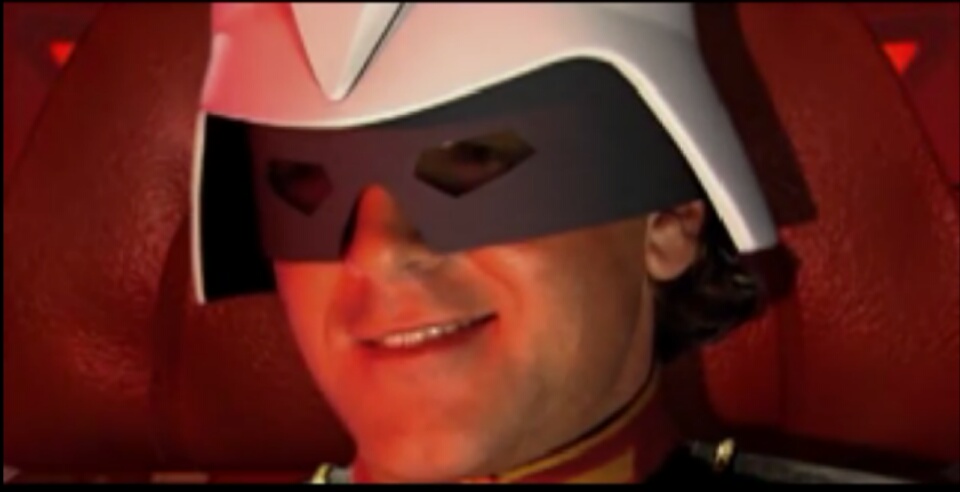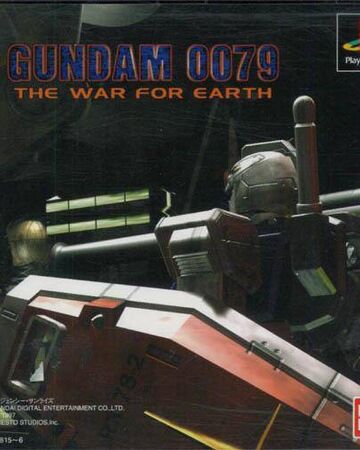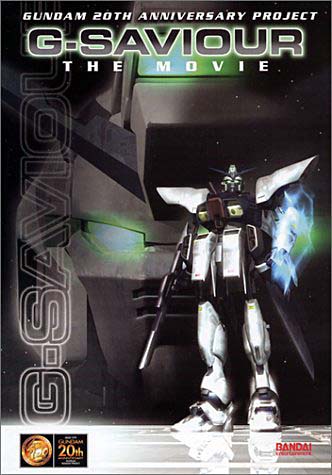You don’t have to be an otaku to see how big Gundam is in Japan. The franchise’s presence in foreign, and especially Anglophone shores, isn’t to laugh at, either. As much as people fondly recall the Cartoon Network airing of New Mobile Report Gundam Wing (1995-96) as being ground zero, however, this was only the most successful effort up until then. It’s easy to forget how quite a few of Sunrise and Bandai’s efforts to make the Western leap were blunders weighed down by gravity.

While it might seem hard to believe, it’s not too much of a stretch to say that the saga’s presence overseas could have been snuffed out early on, if not at its inception, had these taken tractions. By taking a closer look at some of these infamous trainwrecks, you might be inclined to agree.
Doozy Bots (1991)
Around the same time that Mobile Suit Gundam F91 was being produced, Sunrise tried to market the franchise to American audiences in an attempt to branch out overseas. Apparently using the SD Gundam offshoot as a basis, and capitalizing on Saturday Morning Cartoons in the vein of Teenage Mutant Ninja Turtles, the studio evidently tried to appeal to what they perceived to be Western sensitivities. The end result was Doozy Bots.
The original upload of the Doozy Bots trailer on YouTube and Retrojunk is the only known visual proof of the aborted project’s existence. Circa 2007. (Source: YouTube)
Created in 1991, very little is publicly known or available online regarding this bizarre project. A pilot trailer uploaded on YouTube in 2007 is the only proof of its existence, yet there’s more than enough to see why its failure may have been for the best. Instead of being based on existing Universal Century material at the time, it instead would have been about five students – Max, Polly, Scossie, Wipe-Down, and Cole – who are tasked by Professor Doozy to stop a group of rogue robots from robbing the world of fun. Said teens go about this by transferring their minds into the titular Doozy Bots.
The dumbed-down premise isn’t the only thing wrong with this blunder. On top of having a nigh-zero connection to Gundam outside of the SD Mobile Suit designs, the pitch featured ridiculously stereotypical characters – whether it’s Cole being a wheelchair-bound Black kid who becomes a Guntank or Wipe-Down resembling a cheesy surfer – and a seemingly tone-deaf understanding of American culture. The painfully generic cartoon quality can also make you wonder whether Sunrise even made this at all.

To no one’s surprise, the proposed series was quietly rejected and dropped. It wouldn’t until much later that the studio revisited the broad concept with the Japanese-American production SD Gundam Force (2003-04), with comparatively more success.
Gundam 0079: The War for Earth (1997)

While video games based on the saga weren’t unheard of overseas in the mid-1990s, lesser-known is how Bandai tried to enter the Western gaming scene. With Presto Studios (creators of the award-winning Journeyman Project trilogy) at the helm, an interactive FMV adventure titled Gundam 0079: The War for Earth (1997) was conceived for the PC, PlayStation 1, and Macintosh. You’d be hard-pressed, however, to call the end-product a success by any stretch.
Set in the Universal Century, the game is a recreation of the original anime’s first half, putting you in the shoes of a young man implied to be Amuro Ray. In practice, the quality makes you question whether the developers had seen the source material. The CGI, even for its time, comes off as horrendously stiff and drab. Coupled with underwhelming animation and bland special effects, it feels less like the 1979 show and more like a shoddy B-movie.
“Gameplay” footage of the first few minutes, which showcase everything bad and hilarious about the game. (Source: YouTube)
Then, there are the live-action sequences, which feature-poor line delivery (such as pronouncing Zeon as “John”), miscast actors who hardly resemble who they’re supposed to be (including a Latino Kai Shiden and double-chinned Char Aznable), and production values that make Command and Conquer: Tiberian Dawn’s FMV look high-budget. The “gameplay” being little more than limited quick-time events makes the experience even less appetizing.
To this day, The War for Earth holds the reputation of being the only Gundam game made by a Western studio, as well as a notorious meme among Japanese fans. While it’s baffling that Bandai and Sunrise thought releasing this before the franchise gained traction across the Pacific was a good idea, there’s a silver lining in how they didn’t stop trying with this work’s failure.
G-Saviour (2000)

Coinciding with Gundam’s 20th Anniversary, Sunrise notably pushed two major productions for its “Big Bang Project.” Turn A Gundam (1999) was one of them, which not only featured the involvement of the late Syd Mead, but has also come to be seen as one of Yoshiyuki Tomino’s best works. The other was the live-action TV movie G-Saviour. Started as early as 1995, this joint-production with Canadian company Polestar Entertainment was released to the public in 2000 and has since gone down in infamy.
Set in UC 0223 (the furthest point the Universal Century at that time) the film chronicles a brewing conflict involving the Congress of Settlement Nations (CONSENT), the rebellious Settlement Freedom League, and the ragtag yet mysterious Illuminati. Into this mess steps Mark Curran, a Mobile Suit pilot and former CONSENT soldier who found himself in the midst of a conspiracy that threatens the entire Earth Sphere.
DVD rip of the film’s climactic battle, which is perhaps the only entertaining part of the experience, but not by much. (Source: YouTube)
Apart from an uninspired, dragging story that bears little connection to the rest of the setting, there’s much in G-Saviour that makes it seem as though it’s doomed from the start. The meager USD 5 Million budget is on full display, whether it be the cheap sets, recycled props that you could tell were lifted wholesale from Starship Troopers, or atrocious CGI that’s barely an improvement over The War for Earth. The titular Gundam itself (which isn’t even called such) doesn’t show up until around halfway into the 93-minute runtime, with barely any real mecha action until close to the end.
Granted, the Canadian cast tries their best with the script, but in the end, nothing could really save this movie from being anything other than a failure. Even Sunrise appears embarrassed with how it turned out, the titular Mobile Suit only re-emerging in an episode of Gundam Build Fighters (2013) to be blown up. If not for the bile fascination surrounding it, and its ensuing notoriety within the fandom, it’s the sort that would have killed off any interest in the franchise had this been most Westerners’ first exposure to the saga.
Nowadays, it’s easy to laugh or cringe at blunders like these. Yet it also shows just how both lucky and resilient Gundam has been, being able to survive misfires to deliver where it counts.















